Review: 2011 Toyota Avalon

Panthers get a lot of love here at TTAC, but my automotive soft spot is actually for big, softly sprung front-drive sedans. When I bought a brand-new Chrysler LHS back in 2000, I probably single-handedly dropped the average age of the LHS buyer by double digits. I can’t say exactly what the attraction was, but there’s something pleasing about wafting around in a big, smooth sedan with just enough get-up-and-go. Around the same time as Chrysler attacked the large front driver market with the LH platform, Toyota was getting into the full-size arena with the Avalon.
But, just as the LHS tended to live in the shadow of the 300M, Toyota’s full-size model has always suffered from its little brother’s success: the Avalon never stood out enough to tempt buyers away from the (none too cramped) Camry and its smaller price tag. Now, tackling Buick, Ford and Hyundai rather than Chrysler for the large FWD sedan market, Toyota has given the Avalon a thorough going-over with the goal of distancing the near-luxo-barge from its mass-market cousin. But will this makeover help the “forgotten Toyota” reclaim some spotlight?
After more than 15 years into the game, the Avalon now looks less like a “stretched Camry” than ever. Designed in Toyota’s California styling studio, the Avalon’s new look is more harmonious than its predecessors’, although it’s still a study in subtlety compared to something like the Buick LaCrosse. From the outside the revised front grille and headlamps echo the Lexus look at least as much they do the mid-market Camry. Out back, LEDs and light pipes combine to make something I would never have thought possible on an Avalon before: an attractive rear end.
Another way to distinguish the Avalon: consolidating the available trimlines and option packages trim lines to two models with high levels of standard equipment and relatively few options. The base car gets standard Bluetooth, steering wheel audio and climate controls, XM Radio, USB and iPod connectivity and leather seating.. The Avalon Limited adds keyless-go, HID headlamps, heated and cooled front seats and a power front passenger seat to the party. Starting at $32,445 in base trim and $35,685 for the Limited trim, our Limited trim tester came equipped with the only factory option on offer: the $1,450 navigation and up-level sound system.
Beating under the hood of the Avalon is Toyota’s corporate 3.5L V6. For Avalon duty, the 3.5L engine is equipped with dual independent variable valve timing “with intelligence” which reduces emissions to California ULEV status and helps the engine to deliver 268HP and 248lb-ft of torque (at 6200RPM and 4700RPM respectively) while feeding on regular 87-octane gasoline. Though the engine may not seem overly sporty, the relatively light curb weight of 3572-3616lbs (depending on options) means that the Avalon will scoot to 60 in a TTAC verified 6.2 seconds which is non-too-shabby for the full-size sedan market. For the sake of comparison, the Buick Lucerne when equipped with the thirsty 4.6L V8 took 7.7 seconds to get to highway-speed.
Inside, Toyota has replaced the frumpy dash of the 2010 model with a much more Japanese looking “second hump” to contain the optional navigation LCD, climate control and vents. While passenger opinions were mixed, I have to say the look worked for me, as does the fake-metal trim surrounding the radio. This same faux-metal can be found in the cockpit of the new Subaru Legacy, but in the Avalon it’s applied more liberally and with more taste. Sadly the plastic wood trim that the doors and portions of the dash are covered with is fairly terrible. Chrysler’s K cars had more convincing wood trim. It’s a pity that Toyota chose not to make the brushed aluminum-look-alike trim available instead; I’d certainly pay extra for that look.
If you have seen any Avalon TV commercials lately, then you know that Toyota’s biggest selling point for the Avalon is the rear seat. The commercials use an airline motif describing the rear accommodations as 1950s jet-set airliner travel quarters. I am glad to say that the rear thrones are far more comfortable than airplane seats, the recline feature however has about the same range of motion as the last Southwest Airlines flight I was on. I am disappointed to say the stewardesses were not included with our test car.
And though the rear recliners are nifty, I would gladly give it up for the utility of a folding rear seat, even it if was limited to the center 20% section. Otherwise, the rear of the Avalon is huge ginormous. The Avalon is one of the few vehicles that could transport four American football players in comfort, or for a more family-friendly metric: three child seats abreast in the rear. Speaking of those kiddies, parents will be happy to know the Avalon has snagged the IIHS top safety pick award in 2010 (for the 2011 model).
Out on the road the Avalon yields relatively few surprises. The chassis delivers a compliant ride that is more smooth and refined than I would have expected from a long wheelbase Camry. Although wind noise is higher than any of the Lexus models, I’d submit that the highway ride quality is closer to the Lexus LS than the Toyota Camry. When the road gets twisty, the front wheel drive platform and somewhat narrow rubber remind you that you are driving a premium full-size front-wheel-drive sedan, not a sports sedan by any measure. Torque steer may be limited, but so is grip with the all-season tires that are standard on both Avalon trims. In an odd twist however the handling of the Avalon feels very confidant and well balanced, no doubt due to the low curb weight. While I can’t imagine many Avalon buyers will try to pass on curvy mountain roads, it is possible to do so.
Let’s talk competition: The Buick Lucerne has escaped the executioner’s axe for yet another year but is seriously long in the tooth. The Northstar V8 sounds pleasant but is low on performance and two cogs short of the competition with its ancient 4-speed automatic. I was unable to find official figures, but when equipped with the ancient 3.9L V6, it is safe to say that 0-60 times are north of 8 seconds. The closest real competition for the Avalon can be found in the Hyundai Azera. The Azera boasts a lower price tag ($32,980 similarly equipped) but unlike the rest of the Hyundai line that is earning raves from the automotive press for the stunning new designs, the Azera’s interior and exterior fail to impress. On the other hand, a new Hyundai Azera and its Kia cousin are coming, and though the LaCrosse is a bit smaller, it won’t be confused with a Camry. But if, as history indicates, size, smoothness and subtlety rule this segment, the Avalon has a safe future.
At the end of my week with the Avalon I was actually sorry to see it go. The Avalon is the type of car that Toyota executes to perfection. The car may be low on soul, but it offers comfort, value and the promise of above average reliability in a form that will never set your heart on fire, but won’t turn your nose after a few years either. New car shoppers seem to forget the Avalon exists despite the bevy of campy-TV ads Toyota has been airing over the past few months, which is a shame the Avalon might just be the best full-size sedan for sale at the moment.
Toyota provided the vehicle, insurance and one tank of gas for this review

More by Alex L. Dykes
Latest Car Reviews
Read moreLatest Product Reviews
Read moreRecent Comments
- Spectator Wild to me the US sent like $100B overseas for other peoples wars while we clammer over .1% of that money being used to promote EVs in our country.
- Spectator got a pic of that 27 inch screen? That sounds massive!
- MaintenanceCosts "And with ANY car, always budget for maintenance."The question is whether you have to budget a thousand bucks (or euro) a year, or a quarter of your income.
- FreedMike The NASCAR race was a dandy. That finish…
- EBFlex It’s ironic that the typical low IQ big government simps are all over this yet we’re completely silent when oil companies took massive losses during Covid. Funny how that’s fine but profits aren’t. These people have no idea how business works.

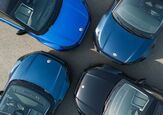

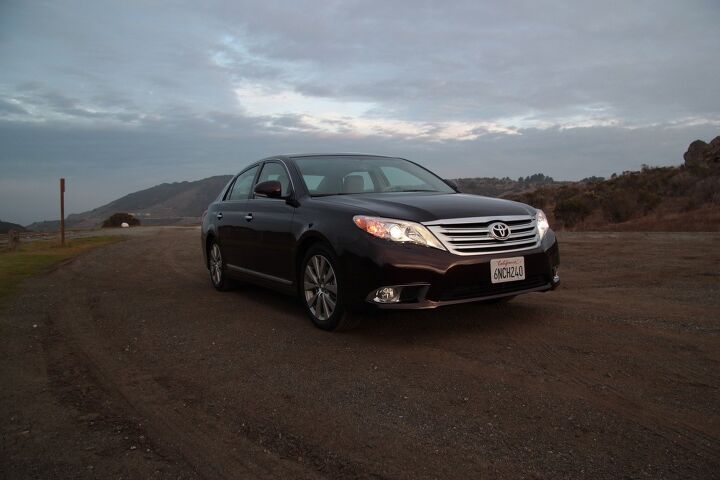





























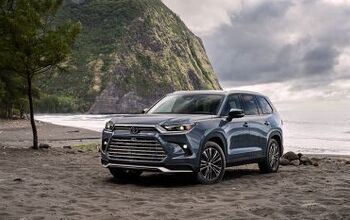
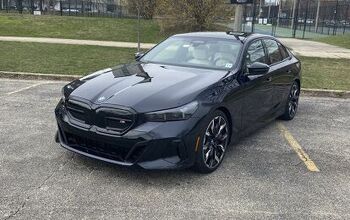
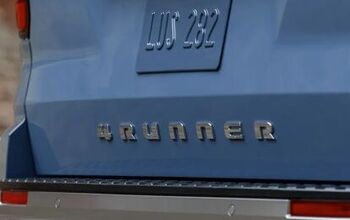
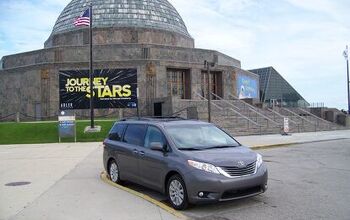
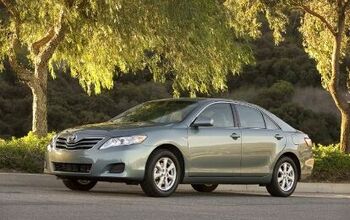

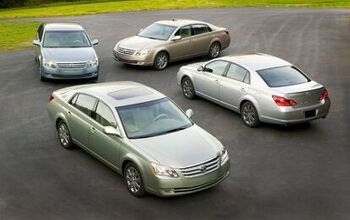
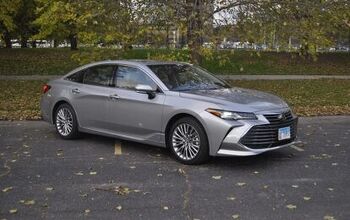
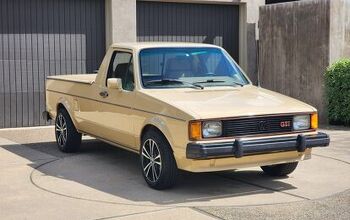
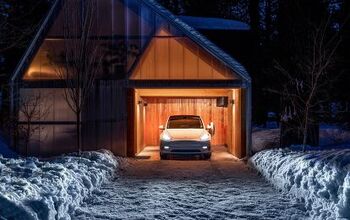
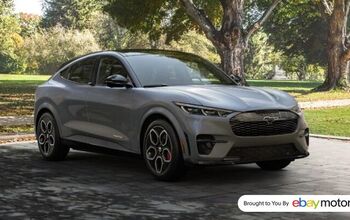
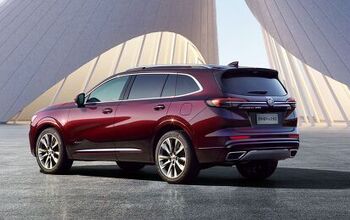

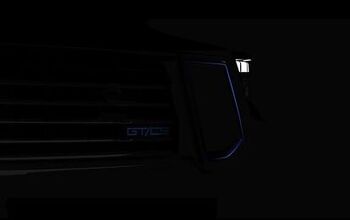

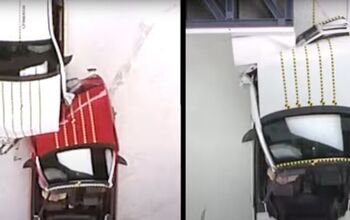
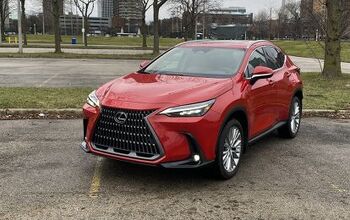
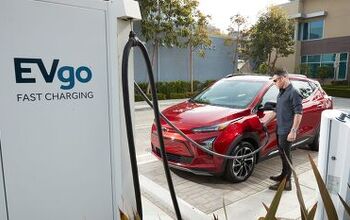
Comments
Join the conversation
I too have a soft spot for the Avalon. I drove a couple of them as rentals (the 2nd gen 2004 model and the 2008 current one). The engine is pretty lively - has some oomph to it, surprisingly. Of course it's really roomy, quiet and has a very comfy ride though it's no performance sedan. Cavernous rear passenger compartment in particular. The only deal breaker for me is that it's got no folding rear seats, and that the trunk space isn't all that large for cars of its class.
The low end power of the Northstar in a Lucerne makes it a drastically better option even if the max power isn't much higher. Absolutely no competition between an Avalon v6 and a Northstar. But the Northstar is no longer available, in any car. And while the 3.9L liter isn't exactly ancient, it doesn't have as much power as something 2008 and newer should either. On the plus side, the 3.8L wasn't exaclty massively underpowered, but wasn't much about performance. The one thing I'll say it definitely had going for it was fantastic gas mileage. I had a Lesabre and I'd get just under 40mpg on the highway, no lie! But, the car should take just under 8 seconds to 60 with a 3.8L and a little better with a 3.9L too. Better off looking for a Lacrosse, or something nicer and more money efficient if you ask me. 35k is a lot for an entry-level full-size car.